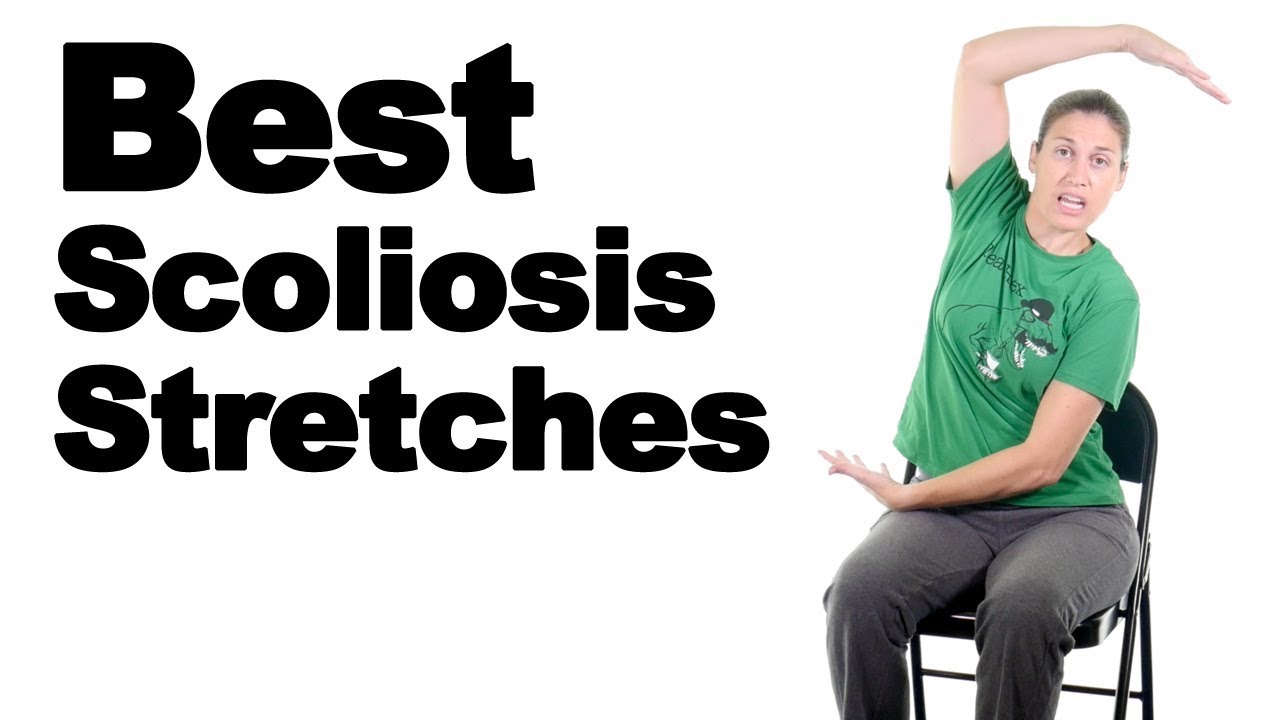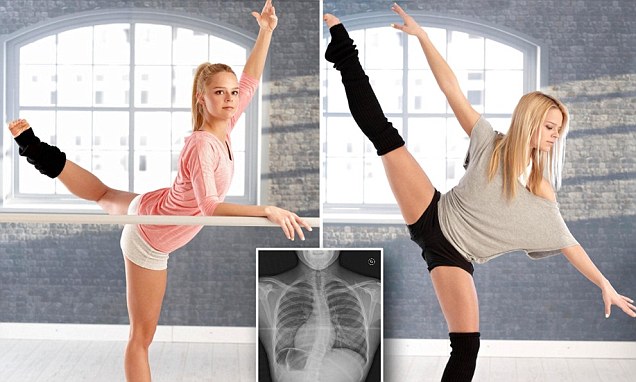Scoliosis can have a significant impact on a dancer’s technique. The abnormal curvature of the spine can affect the alignment of the body, making it difficult to maintain proper posture and balance. This can result in asymmetrical movements and limitations in range of motion. Dancers with scoliosis may struggle with certain movements that require a straight spine, such as arabesques or backbends.

Recognizing the Signs and Symptoms of Scoliosis in Dancers
It is crucial for dancers, teachers, and parents to recognize the signs and symptoms of scoliosis. These may include uneven shoulders, a prominent shoulder blade, an uneven waistline, or a noticeable curve in the spine. Dancers may also experience back pain, muscle imbalances, or fatigue. Regular observation and awareness can help identify scoliosis at an early stage, allowing for timely intervention.
Diagnosing Scoliosis: Seeking Professional Help
If scoliosis is suspected, it is essential to seek professional help for an accurate diagnosis. A dance teacher or parent can refer the dancer to a healthcare professional, such as an orthopedic specialist or a physical therapist, who specializes in scoliosis. The healthcare professional will conduct a thorough examination, which may include a physical assessment, X-rays, and other diagnostic tests to determine the severity and progression of the condition.

Treatment Options for Dancers with Scoliosis
The treatment options for dancers with scoliosis vary depending on the severity of the curvature and the individual’s specific needs. In mild cases, regular monitoring and exercises may be sufficient to manage the condition. For more severe cases, bracing or surgery may be recommended. Bracing involves wearing a specialized brace to help correct the curvature and prevent further progression. Surgery, on the other hand, is considered in severe cases where the curvature is rapidly progressing or causing significant pain or functional limitations.
Strengthening and Stretching Exercises for Scoliotic Dancers
Strengthening and stretching exercises play a crucial role in managing scoliosis in dancers. These exercises aim to improve core strength, flexibility, and overall body alignment. Specific exercises, such as Pilates, yoga, and targeted strength training, can help strengthen the muscles surrounding the spine and promote better posture. Stretching exercises can help improve flexibility and alleviate muscle imbalances caused by scoliosis.

Posture and Alignment: Key Considerations for Dancers with Scoliosis
Posture and alignment are fundamental aspects of dance technique, and dancers with scoliosis must pay extra attention to these areas. Proper posture and alignment can help minimize the impact of scoliosis on dance movements. Dance teachers and physical therapists can provide guidance on maintaining correct alignment and posture during dance training. This may involve specific cues, exercises, or modifications to accommodate the dancer’s unique spinal curvature.
Finding the Right Dance Style for Scoliotic Dancers
While scoliosis may present challenges, it does not mean that dancers with this condition cannot excel in their chosen dance style. It is important for dancers with scoliosis to find a dance style that suits their body and allows them to showcase their strengths. Some dance styles, such as contemporary or lyrical, may be more forgiving for dancers with scoliosis due to their emphasis on fluidity and expression. However, with proper training and support, dancers with scoliosis can excel in any dance style they choose.
Supportive Tools and Equipment for Dancers with Scoliosis
There are various supportive tools and equipment available to assist dancers with scoliosis in their training and performance. These may include specialized dance belts, braces, or orthotics that provide additional support and stability to the spine. Dance teachers and healthcare professionals can recommend and provide guidance on the appropriate use of these tools to ensure the dancer’s safety and comfort.
Psychological and Emotional Support for Dancers with Scoliosis
Living with scoliosis can have a significant impact on a dancer’s psychological and emotional well-being. It is essential to provide dancers with scoliosis with the necessary support and resources to cope with the challenges they may face. This may involve counseling, support groups, or connecting with other dancers who have successfully managed scoliosis. Building a strong support network can help dancers with scoliosis navigate their journey with confidence and resilience.
Success Stories: Inspiring Dancers with Scoliosis
There are numerous success stories of dancers with scoliosis who have overcome their challenges and achieved remarkable success in their careers. One such example is Martha Graham, a renowned American dancer and choreographer, who had scoliosis but went on to revolutionize modern dance. Her determination, talent, and innovative approach to movement continue to inspire dancers with scoliosis worldwide. These success stories serve as a reminder that scoliosis does not define a dancer’s potential and that with dedication and perseverance, anything is possible.
Conclusion: Embracing the Challenges and Celebrating the Artistry
Dancers with scoliosis face unique challenges in their pursuit of dance and performance. However, with proper management, support, and a positive mindset, they can continue to thrive and excel in their craft. By understanding the impact of scoliosis on dance technique, recognizing the signs and symptoms, seeking professional help, and exploring various treatment options, dancers with scoliosis can effectively manage their condition. Strengthening and stretching exercises, along with a focus on posture and alignment, can further enhance their dance abilities. Finding the right dance style, utilizing supportive tools and equipment, and receiving psychological and emotional support are also crucial elements in their journey. By embracing the challenges and celebrating their artistry, dancers with scoliosis can inspire others and prove that their passion for dance knows no bounds.
Références
- [1] National Scoliosis Foundation. ‘Understanding Scoliosis.’ Available at: https://www.scoliosis.org/what-is-scoliosis
- [2] Scoliosis Research Society. ‘Scoliosis and Dance.’ Available at: https://www.srs.org/professionals/patient-care/scoliosis-and-dance
- [3] Mayo Clinic. ‘Scoliosis.’ Available at: https://www.mayoclinic.org/diseases-conditions/scoliosis/diagnosis-treatment/drc-20373691
- [4] American Academy of Orthopaedic Surgeons. ‘Scoliosis.’ Available at: https://orthoinfo.aaos.org/en/diseases–conditions/scoliosis/
- [5] National Institute of Arthritis and Musculoskeletal and Skin Diseases. ‘Scoliosis.’ Available at: https://www.niams.nih.gov/health-topics/scoliosis
- [6] Dance Magazine. ‘Managing Scoliosis: Tips for Dancers.’ Available at: https://www.dancemagazine.com/managing-scoliosis-tips-dancers
- [7] Spine-Health. ‘Scoliosis Treatment and Management.’ Available at: https://www.spine-health.com/conditions/scoliosis/scoliosis-treatment-and-management
- [8] International Scoliosis Research Center. ‘Bracing and Surgery Options.’ Available at: https://www.scoliosis-research.org/treatment-options
- [9] Pilates Anytime. ‘Pilates Exercises for Scoliosis.’ Available at: https://www.pilatesanytime.com/blog/pilates-exercises-scoliosis
- [10] Yoga Journal. ‘Yoga for Scoliosis.’ Available at: https://www.yogajournal.com/pose/yoga-for-scoliosis
- [11] National Organization for Rare Disorders. ‘Scoliosis Support Resources.’ Available at: https://rarediseases.org/rare-diseases/scoliosis/resources
- [12] Scoliosis Research Society. ‘Success Stories of Dancers with Scoliosis.’ Available at: https://www.srs.org/patients-and-families/scoliosis-success-stories
- [13] The Dance Enthusiast. ‘Finding the Right Dance Style with Scoliosis.’ Available at: https://www.dance-enthusiast.com/features/finding-right-dance-style-scoliosis
- [14] Dance Magazine. ‘Supportive Tools for Dancers with Scoliosis.’ Available at: https://www.dancemagazine.com/supportive-tools-dancers-scoliosis
- [15] National Institute of Mental Health. ‘Managing Stress and Emotional Health.’ Available at: https://www.nimh.nih.gov/health/topics/managing-stress-and-emotional-health

